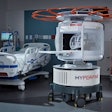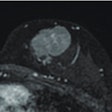Dear MRI Insider,
As a recipient of the MRI Insider, you have an exclusive first look at how researchers at the Mayo Clinic in Rochester, MN, are using an MR angiography (MRA) technique called CAPR -- Cartesian acquisition with projectionlike reconstruction -- to overcome some limitations found in CT angiography (CTA) studies of the lower extremities.
In a head-to-head comparison of the two modalities, the study group found greater diagnostic confidence with CAPR-MRA and greater ability to detect stenosis in certain vessels. Learn more by clicking here.
Also in this issue of the Insider, read how researchers from the University of California, Los Angeles have found that the combination of MRI and transrectal ultrasound can locate additional prostate cancer and help patients avoid some of the discomfort and risks associated with systematic biopsies.
In addition, have you ever wondered whether CT or MRI should be used to guide brachytherapy treatments? Two radiation oncologists debated the issue at the American Brachytherapy Society meeting, where they agreed that while both modalities have their positives and negatives, they are superior to traditional 2D x-ray guidance, which is still used by an estimated 43% of U.S. cancer treatment centers.
And at the Medical University of Vienna, researchers have found that 64-detector-row CT and 3-tesla MRI are "equally proficient" for pancreatic cancer detection and pancreatic lesion characterization. The study showed no significant statistical difference between the sensitivity and specificity rankings of two experienced readers interpreting images from both modalities. The authors gave CT a slight advantage over MRI, only because CT is more available in clinical settings.
Finally, MRI combined with PET recently received a boost from German researchers, who found that the hybrid modality can reveal important diagnostic information about soft tissues and physiological functions throughout a patient's body. The technology's ability to find suspicious lesions and potential cancer already appears comparable to that of conventional molecular imaging methods.
For more news and information on MRI today and in the future, be sure to stay in touch with the MRI Digital Community on a daily basis for the latest developments from around the world.

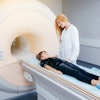

.fFmgij6Hin.png?auto=compress%2Cformat&fit=crop&h=100&q=70&w=100)

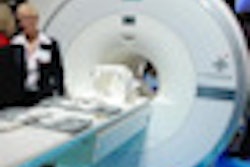
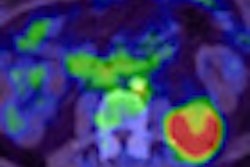

.fFmgij6Hin.png?auto=compress%2Cformat&fit=crop&h=167&q=70&w=250)




